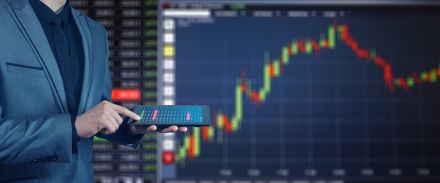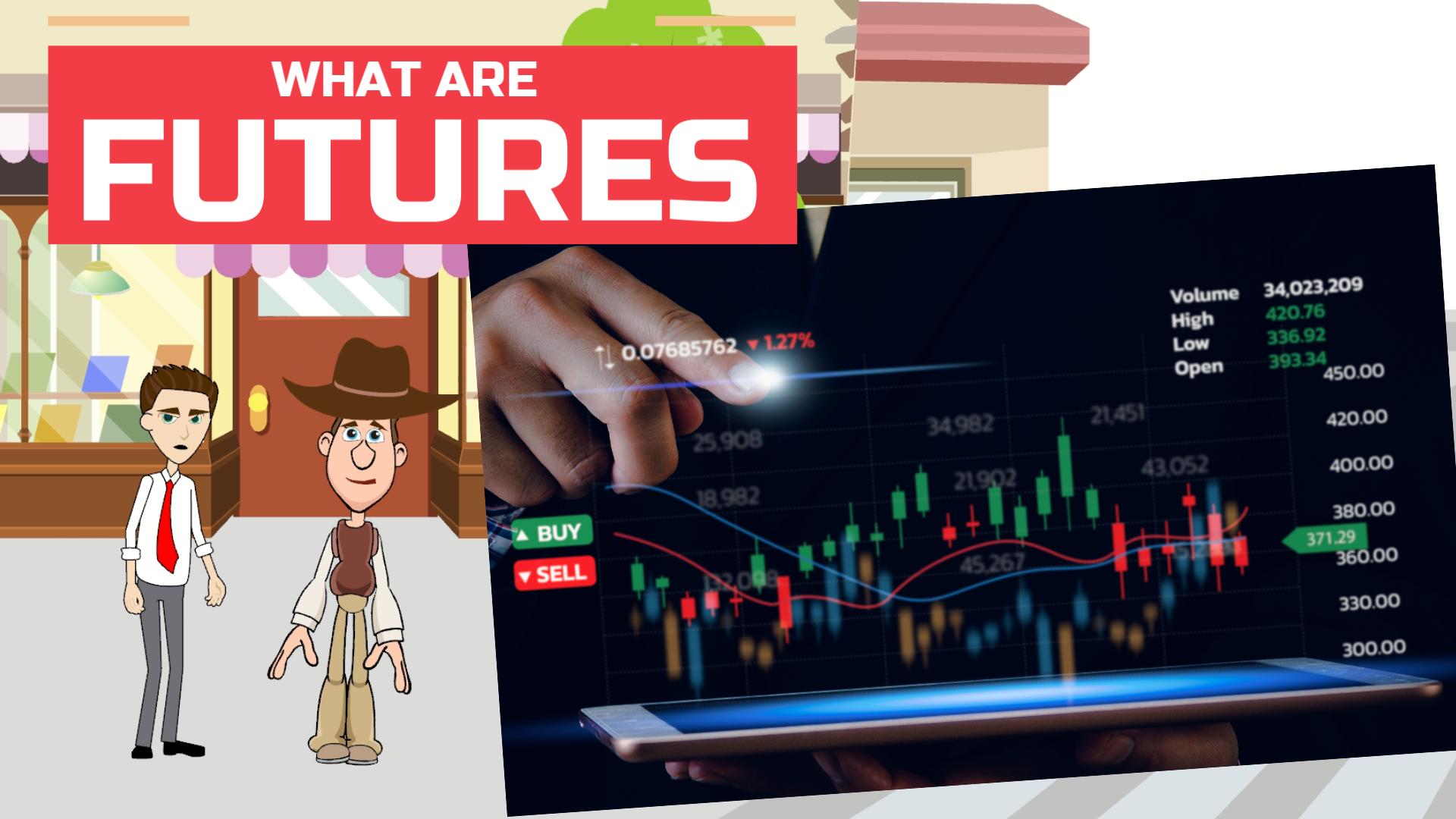Part 1: What are Futures, Types of Futures, Strategies for Using Futures
Part 2: How are Futures Traded, Pros & Cons of Futures Trading, Should You Trade in Futures
Introduction to Futures and Futures Trading for Kids and Teens
This video explains the concept of futures in a simple, concise way for kids and beginners. It could be used by kids & teens to learn about futures trading, or used as a money & personal finance resource by parents and teachers as part of a Financial Literacy course or K-12 curriculum.

Suitable for students from grade levels:
- Kindergarten
- Elementary School
- Middle School
- High School
The topics covered are:
- What are Futures
- Are there different types of futures
- Strategies for using futures: what are futures used for
- Futures trading: how are futures traded
- What are the pros and cons of futures trading
- Is futures trading right for me
What are Futures?
Futures are a type of derivatives contract that obligate the parties involved, to buy or sell the underlying asset at a fixed future date (called the expiration date) and at a predetermined price (the strike price).

The underlying asset could be commodities such as gold, oil, etc, or financial instruments like stocks, bonds, Exchange Traded Funds – ETFs, currencies, etc. Futures can be bought and sold on futures exchanges.
Futures contracts specify the quantity and quality of the underlying asset, and are standardized so that they can be easily traded on an exchange.
For example, a futures oil contract would say that the issuer will sell the contract owner 1000 barrels of oil for $75 per barrel on March 31st, 2024.
Are there different types of futures?
Yes – futures are categorized based on the type of the underlying asset.
Futures started as commodity futures, like agricultural futures with the underlying assets being commodities like coffee, corn, wheat, etc.
But now, they have expanded to other types. For instance, energy futures have crude oil, natural gas, etc. as the underlying, or precious metal futures have gold, silver, copper, etc. as the underlying.
Also, there are financial futures that have underlying assets in the form of stock indexes like S&P 500, or currencies like the US Dollar, Euro, British Pound, or even Cryptocurrencies.
What are futures used for?
Although futures can be used for buying or selling goods, they are most often used for speculation by traders, institutional investors and funds, or for hedging by producers or manufacturers.
Speculation involves trading futures with the goal of being able to sell them for a higher price than they were bought for.
Speculators don’t intend to take physical delivery of the underlying – the net difference is settled using their brokerage account. They therefore take advantage of the liquidity the futures market offers as they can buy and sell based on their prediction of the price movements.

Hedging is used to decrease risk by reducing exposure to price changes of the underlying asset.
Hedgers are usually the producers or consumers of the underlying. Their primary goal is not to make a profit, but to protect themselves from losses due to price fluctuations.
Taking a real world example, a corn farmer can enter into a contract with a cereal manufacturer to sell 5000 bushels of corn at $5 per bushel, six months in the future. This helps the farmer lock in the selling price without worrying about any sudden fall in corn prices when he has harvested the crop and is ready to sell.
Similarly, the cereal manufacturer can lock in the purchase price and not worry about a future spike in corn prices increasing his cost of raw materials!
How are futures traded?
Futures contracts are standardized agreements traded on an exchange, almost 24 hours a day, 6 days a week.
They specify the contract size or quantity of the underlying, the quality or grade, settlement method – physical delivery or cash settlement, expiration date, price and minimum price fluctuation or tick size.
Each contract type has a predetermined standard size. For instance, an oil futures contract is for 100 barrels of oil. So if a barrel of oil costs $80, the contract price would be $8000.
A futures contract is a legally binding agreement between two parties.
Taking a real world example, a corn farmer can enter into a contract with a cereal manufacturer to sell 5000 bushels of corn at $5 per bushel, six months in the future. This helps the farmer lock in the selling price without worrying about any sudden fall in corn prices when he has harvested the crop and is ready to sell.
Similarly, the cereal manufacturer can lock in the purchase price and not worry about a future spike in corn prices increasing his cost of raw materials!
The futures price is bound to fluctuate between the time the contract is entered into and its expiration date.
If the price of the underlying goes up, the buyer makes a profit, otherwise the seller does. Ultimately it’s a zero sum game as one party’s loss is the other’s gain.
While some futures contracts are settled through actual delivery of the underlying, the majority of the positions are closed before expiry and the net difference is settled in cash in the brokerage account.
What are the pros and cons of futures trading?
Futures markets provide access to commodities like corn, oil, natural gas, etc. that wouldn’t otherwise be possible for investors.

Since they are standardized and traded on an exchange, there is no counterparty risk – which is a possibility with over-the-counter transactions.
Most of the futures contracts are highly liquid, making it easier for investors to buy and sell at any time. Investors only need to put down 5-10% of the contract value to start trading, since futures contracts work on margins using leverage.
Futures contracts are a very useful way to hedge against extreme price movements of the underlying, especially for businesses.
The biggest con that makes futures trading a deal breaker for individual investors is the leverage. It is a double edged sword, meaning even a slight adverse change in the price of the underlying can result in huge losses.
Is futures trading right for me?
Futures trading is very complex and there is a high possibility of losing money due to leverage.
Therefore, it’s best for individual investors, especially beginners, to stay away from futures trading.
Download Transcript: Ideal for Use by Teachers in their Lesson Plan to Teach Kids & Teens
Part 1: What are Futures, Types of Futures, Strategies for Using Futures
Part 2: How are Futures Traded, Pros & Cons of Futures Trading, Should You Trade in Futures

